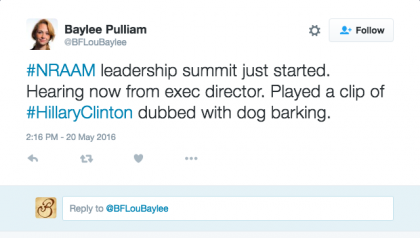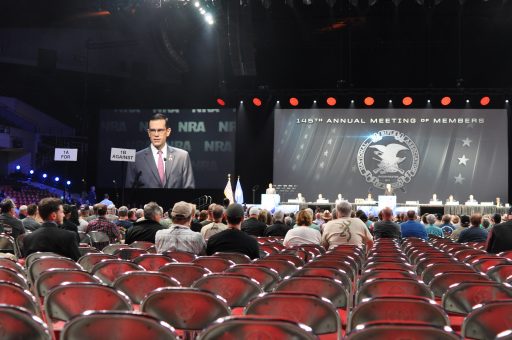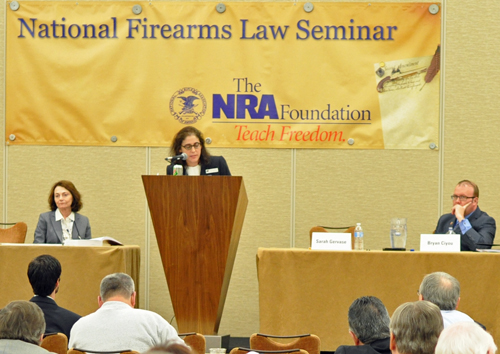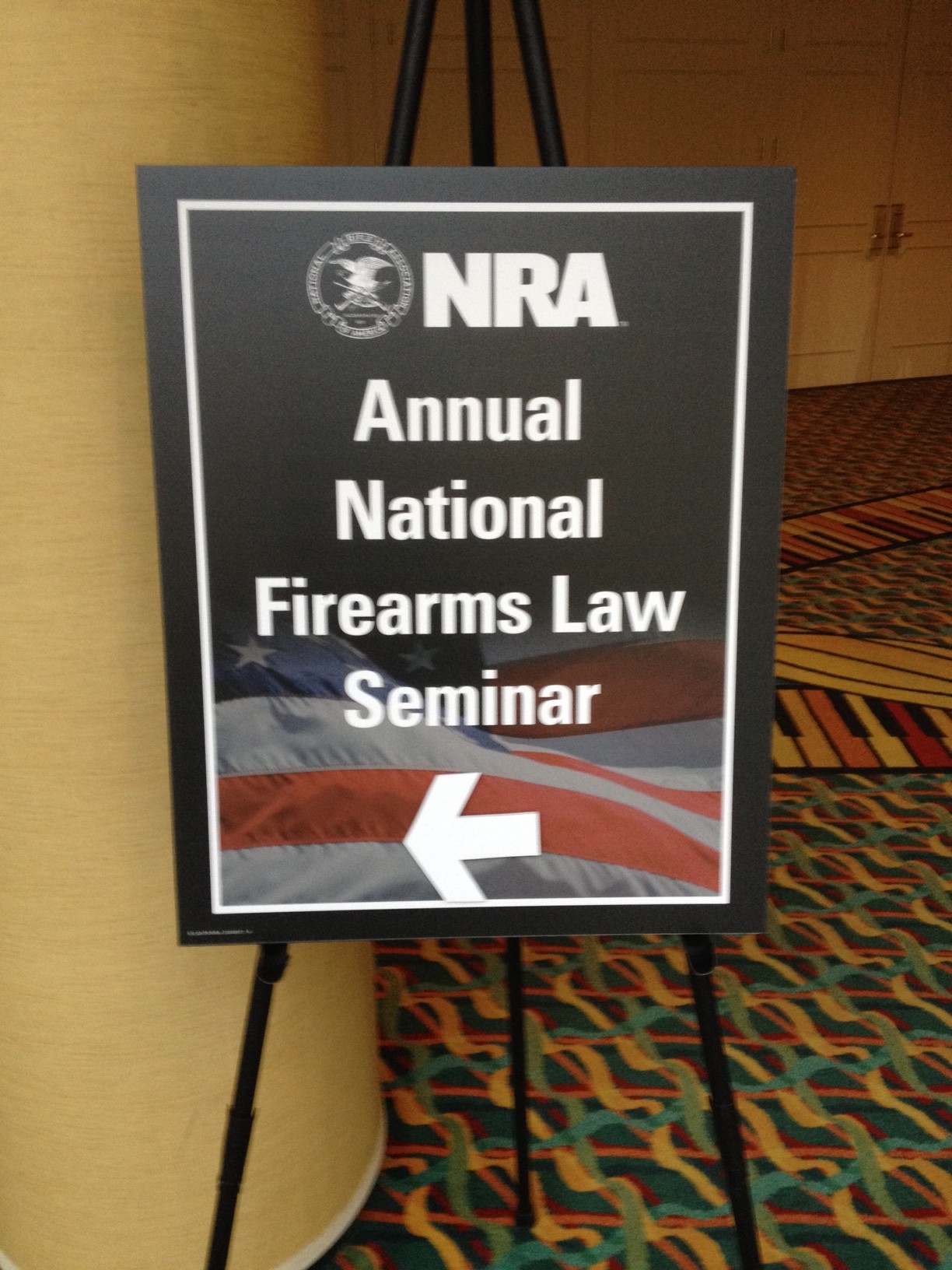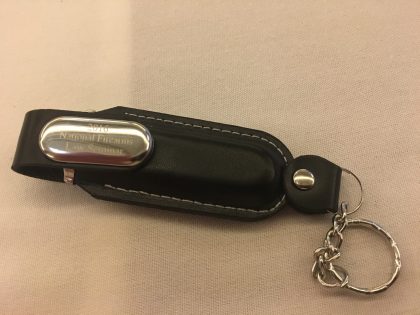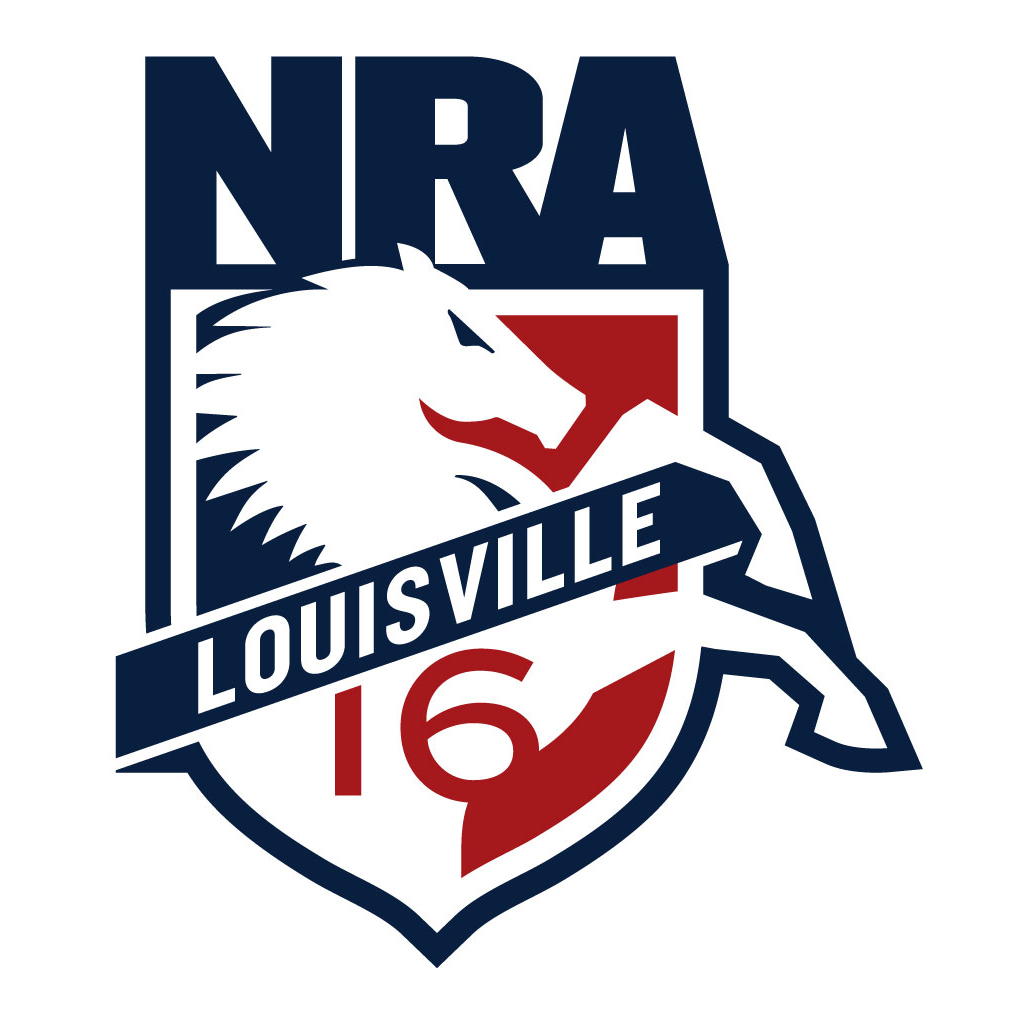Lots of red meat in the second panel. First up is Chris Zealand who is a Senior Research Attorney with NRA-ILA, talking about executive action on gun control, which is unfortunately a timely topic. His main topic is the cooption of entitlement programs to enact gun control, namely the Department of Veterans Affairs and the Social Security Administration implementing, as he calls it, “Cash your own check, or lose your gun rights.” The background on the Gun Control Act’s mental health prohibitions are actually pretty fascinating. The term “mental defective” actually had a specific meaning that only encompassed people who never had full mental faculties, rather than someone who is experiencing transient or temporary mental health issues. There was even a Supreme Court decision (U.S. v Hansel) in this regard, which largely went ignored by ATF when they drafted the regulation. The Obama Administration bureaucratic process for reporting veterans and social security recipient would seem to violate this ruling, and even current ATF regulation. There is no adjudication, and no finding of dangerousness. According to Chris, the Administration even wanted to send agents door-to-door to confiscate and possibly prosecute veterans who owned guns. The NRA convinced them to call that off.
177,000 veterans have been reported to NICS so far. Only 298 cases have been appealed, and of those only 9 granted. This, my dear readers, is a disgrace. If Social Security Administration does take up this program, it will be up to 1.4 million people subject to this travesty. The SSA is considering a five part test. It requires that the beneficiary:
- Filed a disability claim.
- Determined by SSA to be disabled.
- Determined by SSA to be disabled under a mental disability code.
- Have attained the age of 18 but not yet full retirement age.
- The person has a representative payee, and the reason for having the representative payee has to do with a mental disorder.
As Chris points out, however, is that mental disability codes issued by the SSA can include things like sleep disorders, memory loss, or (the category that’s going to totally screw Millennials) “inflated self-esteem.” The problems with both the VA and SSA schemes:
- Strains concept of “adjudication” by including purely bureaucratic procedures. No hearing is available.
- Underlying adjudication are asking the wrong questions relative to safe and responsible firearms possession.
- No pre-deprivation due process on loss of firearm rights; one can only raise suitability issues after the loss has occurred.
The legislative remedy ILA is pushing is the Mental Health and Safe Communities Act of 2015 (S.2002) which would completely reform mental health adjudications. There’s also a House Bill, H.R. 3516 which would deal with the SSA program. There was recently an attempt to attach an appropriations rider to defund these programs, but it was blocked by Dick Durbin. One of Chris’s important takeaways:Â “Language matters. If a legislative enactment can be given a broad, anti-gun meaning, it will be given a broad, anti-gun meaning.”
Next up is Teresa Ficaretta talking about how to prepare for GCA compliance inspections. ATF has warrantless inspection authority for:
- Annual compliance inspections of FFLs.
- Firearms Tracing.
- Bona fide criminal investigations of persons other than the licensee.
ATF only has authority to conduct warrantless inspection on business hours listed on Form 7. She notes, and I think this is important, that ATF only has a right to examine GCA records and not business records. FFLs should not store business records with GCA records, as many often do. Red flags to look for:
- Special agents conducting compliance inspections. Generally compliance inspections are done by bureaucrats. Agents are federal law enforcement. Call your attorney and be sure to get names and badge numbers.
- Asking to inspect commercial records, customer lists, lists of suppliers, etc. Don’t let them, and call your attorney.
ATF will usually let FFLs know before an inspection will be done, but this is not legally required. The following things are recommended in preparation:
- Conduct and inventory book to firearm and firearm to book. Report missing firearms on 3310.11
- If NFA firearms, request NFRTR printout. This must be done by mail because they are protected tax records, and it takes about 30 days.
- Review Forms 4473 and Multiple Sale Reports.
- Review Forms 6 and 6A if you’re an importer.
- Find copies of variances. One of the most common violations is an FFL claiming they have a record keeping variance, but are unable to find it.
- Be able to print out or download computerized records.
During the inspection, she argues that attitude counts. You’ll get better treatment in an inspection if you’re kind to the inspectors. If inspectors remove records, be sure to get a copy and a receipt. Inspectors do not have the authority to seize firearms, only Special Agents have authority to do that. Bring in counsel if there are serious violations. ATF has a sliding scale of violations:
- Warning letter
- Warning conference (counsel should be present)
- Notice of proposed revocation
- Seizure/forfeiture
- Criminal referral
ATF does not require FFLs to have compliance plans, but she recommends that every FFL have one. Generally only large importers or exporters have written plans, because the Department of State requires them.
ATF does not have statutory authority to suspend licenses, but in practice they will sometimes pressure an FFL to agree to give up their license, then after a period of time will entertain a new application.
Finally she outlines changes in regulations involving manufacturers of machineguns and personally made firearms. Manufactures hardly ever make everything in house, and ATF used to issue variances that allowed transfer of NFA items between different manufactures. ATF cracked down on this in 2012 and argued those transfers were illegal, and that the FFL had to “babysit” machineguns if they were going to another manufacturer.
ATF 2015-1 addressed the issue of “build parties” where they essentially ruled that this activity was “manufacturing” under the GCA and therefore required to obtain an FFL. Basically, if you make a firearm, you have to do it all yourself with your own equipment. You can’t get help from a machine shop or FFL.

